Description
Chemistry*
| Min% | Max% | |
|---|---|---|
| Ni | 58.0 | 63.0 |
| Cr | 21.0 | 25.0 |
| Fe | Bal. | |
| Al | 1.0 | 1.7 |
| C | 0.10 | |
| Mn | 1.0 | |
| S | 0.015 | |
| Si | 0.50 | |
| Cu | 1.0 |
Typical Inventory
We can cold work high strength into your material to meet your high-performing requirements. We also facilitate in-house size conversions, rotary forging and drawing, and annealing materials, as well as our cold finish machining capabilities range of +/- 0.0002″ Ø.
- Trays, baskets, and fixtures used in various heat treatments such as carburizing and carbon nitriding.
- Refractory anchors, strand annealing and radiant tubes, high velocity gas burners, and wire mesh belts.
- Insulating cans in ammonia reformers and catalyst support grids used in nitric acid production.
- Thermal reactors in exhaust system of petrol engines.
- Fabricated combustion chambers.
- Tube supports and ash trays in the power generation industry.
- Copper brazing, annealing, and sintering muffles and retorts.
- Radiant tubes.
- Strand annealing tubes.
- Steam superheater tube supports.
- Rotary kilns and calciners.
- Thermocouple protection tubes.
General Data
The most important property of Alloy 601 is resistance to oxidation at very high temperatures up to 1250 °C. Even under severe conditions such as, cyclical heating and cooling. This is possible due to Alloy 601 having a tightly adherent oxide layer which is resistant against spalling.
- Resistance to carburization is good, also resistant to cardon nitriding conditions.
- Due to high chromium and some aluminum content, good resistance in oxidizing sulfur bearing atmospheres at elevated temperatures is demonstrated.
- Resistant to dry Cl2 to about 1000 °F.
- Oxidation resistance to 2000 °F.
- Carburization resistance.
Mechanical Properties
The typical properties listed can usually be provided in rounds, sheet, strip, plate, & custom forgings. We have the equipment to produce small quantities in special sizes to meet our customers’ specific needs. The table below shows Special Metals’ Typical Mechanical-Property Ranges of Alloy 600 Rod, Bar, and Plate. For most common forms and exceptions, check out the datasheet linked underneath the table.
| Form | Cond. | UTS ksi (MPa) | YS ksi (MPa) | Elong., % | Rockwell Hardness |
|---|---|---|---|---|---|
| Rod & Bar | Hot-Finished | 85-120 (585-825) | 35-100 (240-690) | 60-15 | 65-95B |
| Rod & Bar | Anneal | 80-115 (550-790) | 30-60 (205-415) | 70-40 | 60-80B |
| Plate | Anneal | 80-100 (550-690) | 30-45 (205-310) | 65-45 | 65-75B |
Common Specifications
Note that the specifications listed are common for this alloy but are for reference only and may be specific to a certain form. The specifications listed are not comprehensive nor indicative of any edition, revision, or similar such as an amendment. Please, reach out to our sales department to request the Material Test Report (MTR) or to confirm your required specifications.
| Form | Standard |
|---|---|
| Identification | UNS N06601, DIN 17742, DIN 17750 – 17754, EN 10095, W. Nr. 2.4851 |
| Bar | AMS 5715, ASTM B166, ASME SB166 |
| Sheet, Plate, or Strip | AMS 5870, ASTM B168, ASME SB168 |
| Pipe – Seamless | ASTM B167, ASME SB167 |
| Tube – Seamless | ASTM B163, ASTM B167, ASME SB163, ASME SB167 |
| Fitting | ASTM B366, ASME SB366 |
| Forging | AMS 5715, ASTM B564, ASME SB564 |
| Weld Wire | Inconel® FM 82/ UNS N06082/ AWS A5.14 ERNiCr-3/ ASME IX F-No. 43 |
| Weld Electrode | Inconel® WE 182/ UNS W86182/ W. Nr. 2.4807/ AWS A5.11 ENiCrFe-3/ ASME IX F-No. 43 |
Machining
Nickel and cobalt based alloys can be difficult to machinine. However, it should be emphasized that these alloys can be machined using conventional production methods at satisfactory rates. These alloys harden rapidly, generate high heat during cutting, weld to the cutting tool surface and offer high resistance to metal removal because of their high shear strengths. The following are key points which should be considered during machining operations:
- CAPACITY – Machine should be rigid and overpowered as much as possible.
- RIGIDITY – Work piece and tool should be held rigid. Minimize tool overhang.
- TOOL SHARPNESS – Make sure tools are sharp at all times. Change to sharpened tools at regular intervals rather than out of necessity. A 0.015 inch wear land is considered a dull tool.
- TOOLS – Use positive rake angle tools for most machining operations. Negative rake angle tools can be considered for intermittent cuts and heavy stock removal. Carbide-tipped tools are suggested for most applications. High speed tools can be used, with lower production rates, and are often recommended for intermittent cuts.
- POSITIVE CUTS – Use heavy, constant, feeds to maintain positive cutting action. If feed slows and the tool dwells in the cut, work hardening occurs, tool life deteriorates and close tolerances are impossible.
- LUBRICATION – lubricants are desirable. Soluble oils are recommended especially when using carbide tooling.

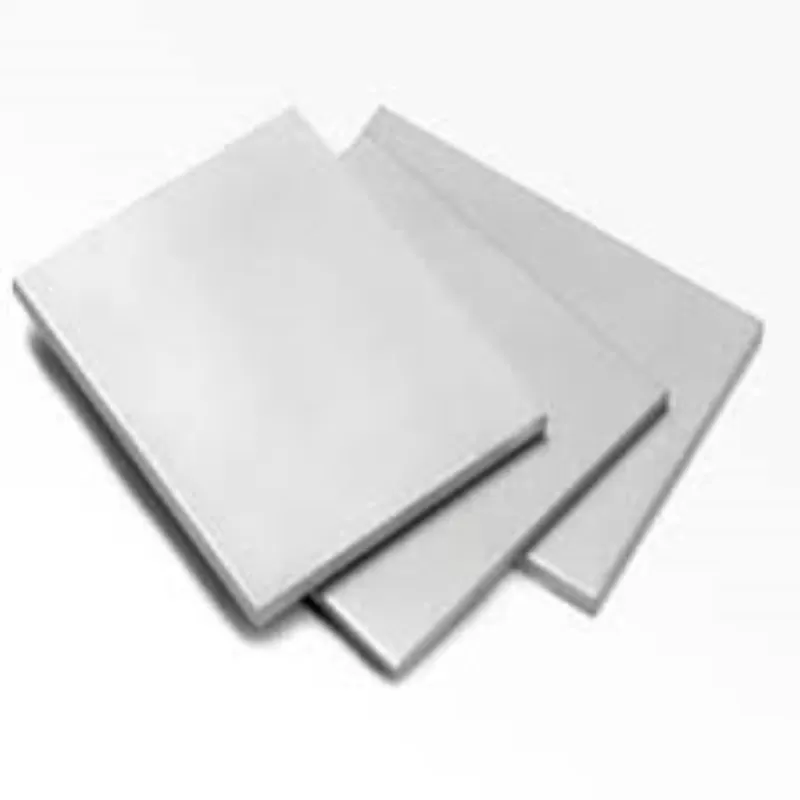
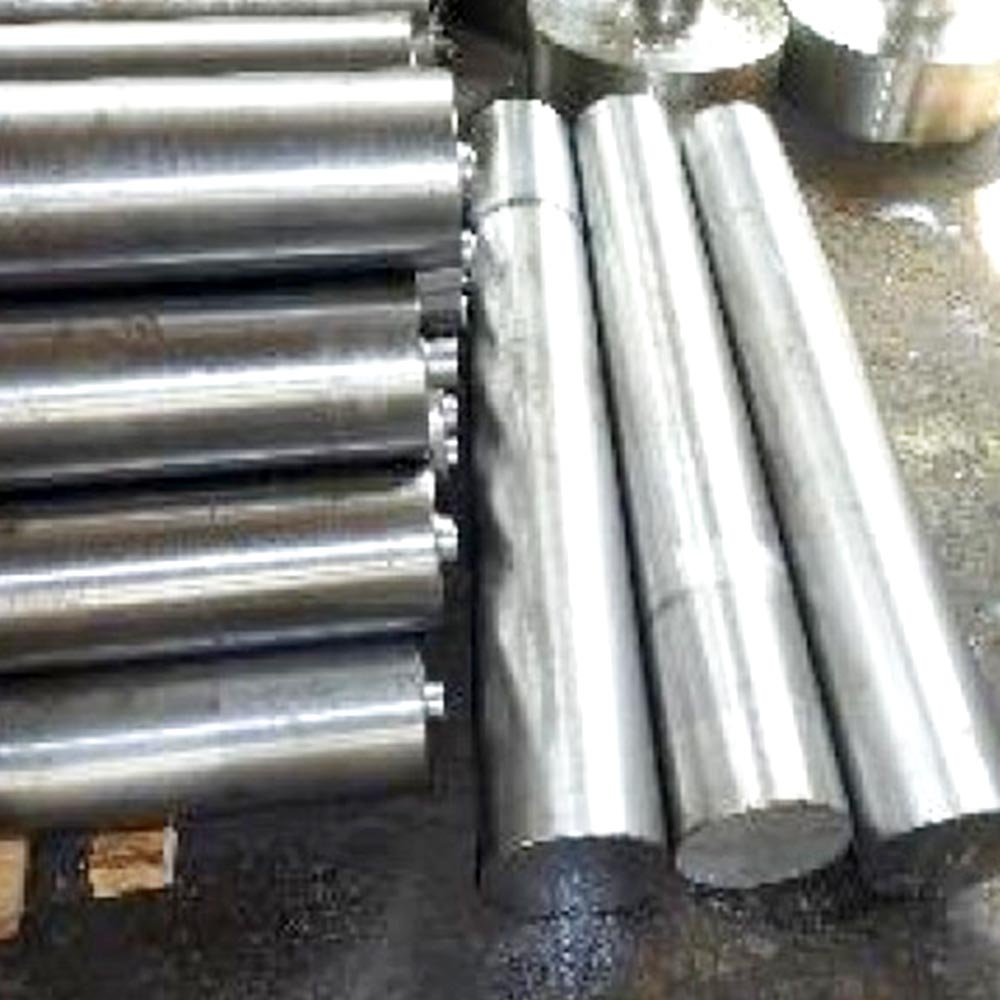
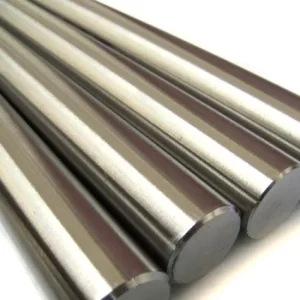
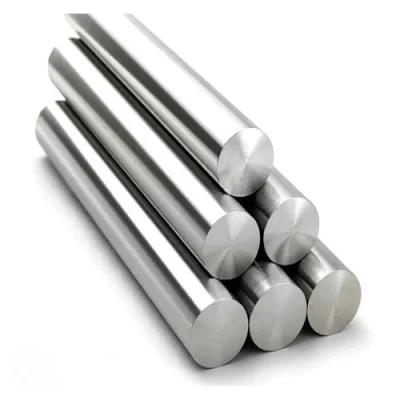
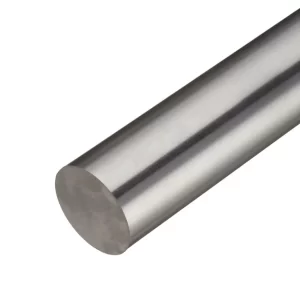
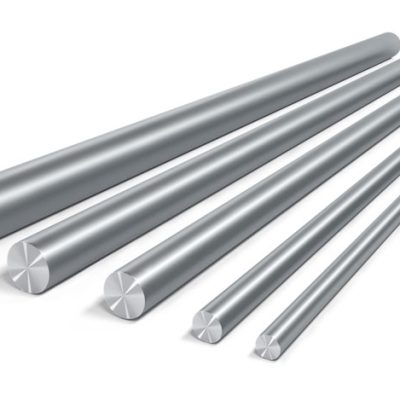
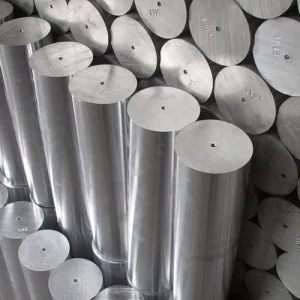
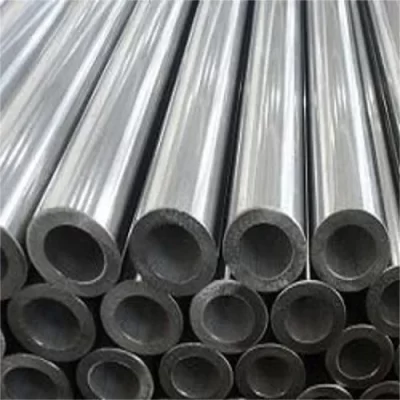
Reviews
There are no reviews yet.